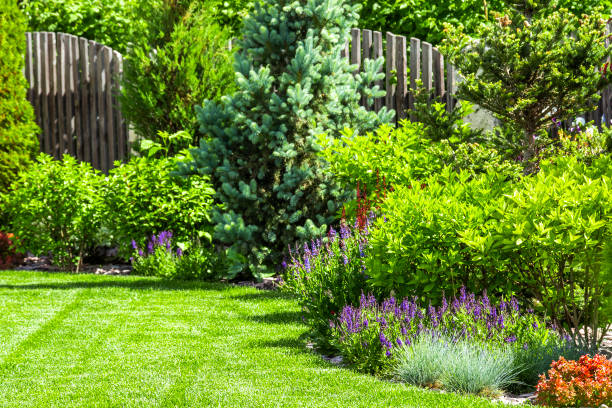
In the bustling metropolis of Melbourne, where skyscrapers punctuate the skyline and urban life buzzes ceaselessly, there exists a quiet revolution in the form of garden designs that are cultivating not just beauty, but ecological harmony. These green sanctuaries scattered across the city are not mere decorations; they are nature’s allies, playing a crucial role in sustaining biodiversity, mitigating environmental impacts, and enhancing the overall well-being of urban dwellers.
Melbourne’s garden designs embrace the ethos of sustainability and environmental stewardship. From sprawling public parks to intimate private gardens, the city’s landscape architects and homeowners alike are increasingly turning to ecologically sensitive practices that mimic natural ecosystems. One such practice is native plant landscaping, which involves using indigenous flora that are well-adapted to the local climate and soil conditions. By incorporating native plants into garden designs, not only are water and maintenance requirements reduced, but crucial habitats are also provided for native wildlife, including birds, insects, and small mammals.
Furthermore, Melbourne garden designs prioritize the preservation of water resources through innovative techniques such as rainwater harvesting and greywater recycling. Rain gardens, permeable paving, and green roofs are becoming increasingly common features, allowing rainwater to infiltrate the soil rather than overwhelming stormwater drains. These practices not only reduce the risk of flooding and soil erosion but also replenish groundwater reserves and support plant growth.
Beyond their ecological benefits, Melbourne’s gardens serve as vital refuges for urban residents seeking respite from the concrete jungle. Numerous studies have shown that exposure to green spaces has a multitude of positive effects on mental and physical well-being, including stress reduction, improved cognitive function, and increased physical activity. Whether it’s a leisurely stroll through a botanical garden or a tranquil afternoon spent lounging in a backyard oasis, these green havens provide much-needed opportunities for relaxation and connection with nature.
Moreover, Melbourne’s garden designs contribute to the city’s broader sustainability goals by mitigating the urban heat island effect and improving air quality. The strategic placement of trees and vegetation helps to shade buildings, cool the surrounding air, and absorb carbon dioxide, thereby reducing energy consumption and greenhouse gas emissions. Additionally, plants act as natural air purifiers, filtering out pollutants and particulate matter, and promoting healthier living environments for residents.
